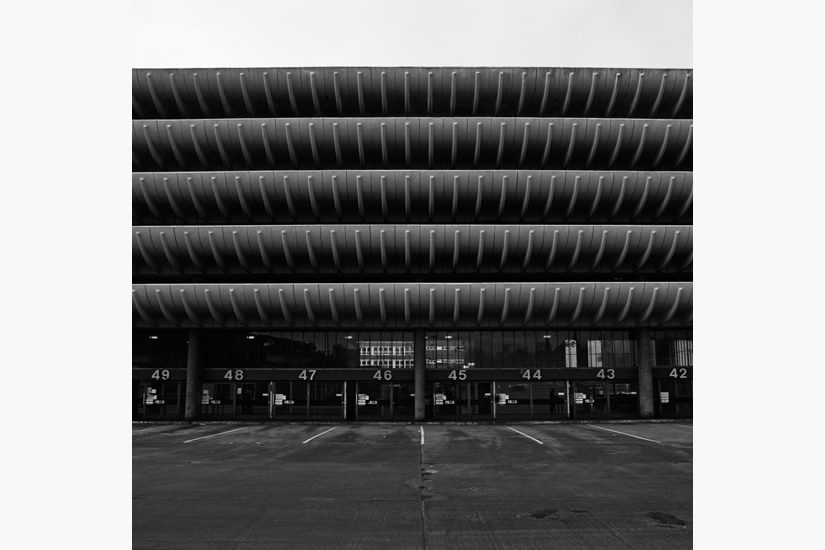 Norwich is one of Britain's most historic cities and much of its post-war architecture has been relatively sympathetic to the character of the city. Elliot house on Ber street is one example of a relatively sympathetic building in a historic environment. It was built on the site of older medieval buildings (similar to those which survive) which survived the war but were subsequently demolished probably due to the increase in demand for office space in the city. Responsible for the design was the architect firm Edward skipper and associates, it was completed in 1975 as commercial premises. The building has four stories (including one cleverly hidden from the street in the roof) of which the recessed fourth story hides the buildings bulk and keeps the height of the street so it does not tower over existing buildings as many other brutalist buildings inevitably do. The building has large spacious windows overlooking the street and an internal courtyard which give the building plenty of natural light. Parking facilities are hidden in the basement with access via the sloping street on the side.
Norwich is one of Britain's most historic cities and much of its post-war architecture has been relatively sympathetic to the character of the city. Elliot house on Ber street is one example of a relatively sympathetic building in a historic environment. It was built on the site of older medieval buildings (similar to those which survive) which survived the war but were subsequently demolished probably due to the increase in demand for office space in the city. Responsible for the design was the architect firm Edward skipper and associates, it was completed in 1975 as commercial premises. The building has four stories (including one cleverly hidden from the street in the roof) of which the recessed fourth story hides the buildings bulk and keeps the height of the street so it does not tower over existing buildings as many other brutalist buildings inevitably do. The building has large spacious windows overlooking the street and an internal courtyard which give the building plenty of natural light. Parking facilities are hidden in the basement with access via the sloping street on the side.
The overhanging upper stories reflects its historic setting, imitating the sixteenth century house opposite. The subtly of the building is somewhat undermined by the over dominance of the lift shaft but it does have the effect of splitting up the building and making it look less overwhelming in the street. The lift shaft also creates a contrast with the rest of the building being of brick rather than concrete. It is this feature which is the most controversial aspect of the building, although part of the very nature of a brutalist buildings is that they are dominant and controversial. The building does keep the character of the area but also successfully creates a contrast between the old and new. The building is relatively sympathetic to the environment and much suitable than many other buildings may have been to the site.
The building is unlisted, it is not of the highest architectural merit but it is its relationship with the rest of the street and its integration with the historic environment which makes it interesting and of merit. The building is currently vacant and is To Let for business premises, if not under immediate threat of demolition the prospect may very well arise to make the site more profitable if a tenant is not found.






































